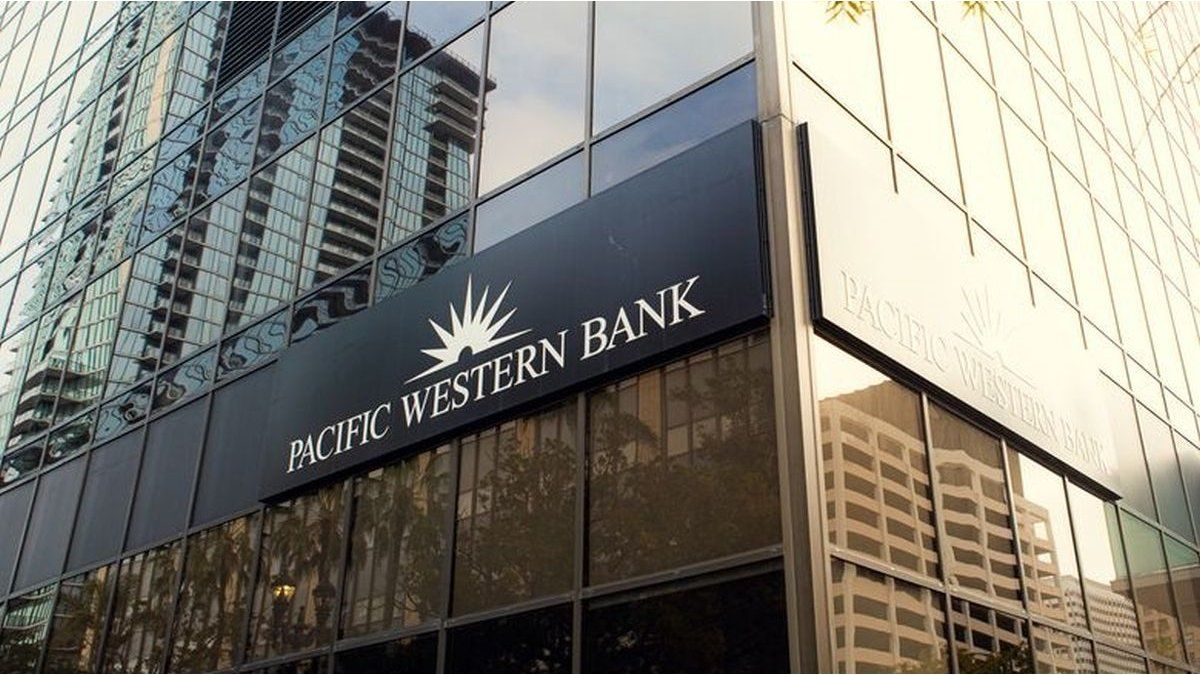Far from being over, the banking crisis in the United States only continues to show signs of worsening.
This time it was the turn of PacWest Bancorp, one of the most important California-based holding companies.
The bank suffered a violent stock fall of up to 35% in the financial market of Wall Street and closed Tuesday with a 30% drop.

This episode is very reminiscent of what happened with Silicon Valley Bank just a month ago or the more recent collapse of First Republic Bank this week.
Investors decided to exit their positions in response to the accounting reports for the fourth quarter of 2022, which revealed a negative net margin of 48.43%.
The institution reported an accounting income of US$353.29 million in the fourth quarter of 2022, well below the US$378.6 expected by investors.
There are fears of a definitive failure of the bank and a possible carryover effect that seems to have no end in sight.
Along with PacWest Bancorp’s historical fall, two other regional banking giants plunged during the trading day: Pacific Western Bank, with a daily drop of 31%, and Metropolitan Bank, which plunged as much as 27%.
The KBW banking index, which groups the prices of the main banks in the United States, suffered a 6.1% fall on Tuesday, the worst result observed since March 17 (at the time of the outbreak of the global financial crisis).
The stock market and banking crash could bring a strong shock on real activity and generate a significant fiscal cost for the Government.
In March alone, the Federal Deposit Insurance Corporation had to disburse up to US$27 billion in bailing out deposits.
The fiscal deficit increased by 1 point of GDP due to this maneuver alone.
These expenses are “counter-cyclical” and are automatic, so they do not respond to any federal ordinance but are simply applied in the presence of bank stress.
The same happens with unemployment insurance in crises on the activity level.
But unlike in 2008, the US government is facing the banking crisis with a very delicate fiscal position that it has not yet been able to resolve since the end of the pandemic.
On the contrary, the federal Government ran a primary surplus until 2007 and a modest interest-only deficit.
The fiscal margin to respond to the banking collapse was much more relevant in 2008 than it can be in 2023, at least without putting pressure on inflation.
The interest rate correction triggered the financial crisis following drastic fiscal and monetary shocks between 2020 and 2021.
The Biden Administration wrongly blames the partial deregulation process carried out by Donald Trump and intends to deploy an arsenal of regulations to restrict credit.
With information from La Derecha Diario

